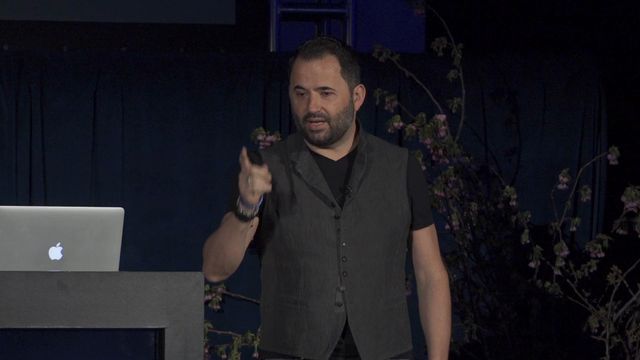Highlighting the Impact of Lighting Techniques on the Craft of Video Projections Mapping Techniques
Highlighting the Impact of Lighting Techniques on the Craft of Video Projections Mapping Techniques
Blog Article
Motion projection mapping is an innovative art medium that combines tech and creativity to convert ordinary spaces into extraordinary sight displays. This technique involves casting images and videos onto three-dimensional elements, such as buildings, artworks, or stages. One of the key crucial elements in creating effective projection in the use of efficient lighting methods. Proper lighting improves the aesthetic elements of the display and ensures that the visuals are crisp and engaging. This piece explores the influence of illumination methods on video projection and how they can enhance the overall experience.
Lighting plays a vital role in motion mapping because it sets the mood and tone of the exhibit. Different lighting techniques can evoke various emotions and responses from the viewers. For example, using gentle, cozy illumination can create a welcoming atmosphere, while bright, cold lights may produce a more dynamic or intense impact. By thoughtfully choosing illumination hues and intensities, artists can manipulate how audience interpret the displayed visuals, leading to a more immersive encounter. The equilibrium between mapping brightness and ambient light is essential, as it can significantly affect the visibility and impact of the visuals.
In addition, color and brightness, the angle of illumination also affects the efficacy of mapping. Lighting from different angles can create shadows and highlights that introduce depth to the projected images. This method, known as light and shadow, can improve the 3D quality of the subjects being projected. Additionally, using dynamic illumination can introduce energy to the exhibit, making the encounter more involving for the viewers. When the illumination collides with the mapped images, it can produce an effect of motion and change, grabbing the audience's attention.
Another essential aspect of lighting in projection in the use of special effects. Techniques such as gobo lighting, which read this uses patterns and shapes to project light, can introduce depth and intricacy to the projections. This method allows artists to layer images and create aesthetically stunning effects that enhance the projection. Moreover, adding laser lights or light-emitting diode illumination can further improve the exhibit, providing a distinct mix of sight components that attract the audience in. These unique features, when used carefully, can transform the mapping into a simple display to an immersive work of art.
In conclusion, the impact of lighting techniques on video reference projection is profound. By understanding how different lighting elements interact with projected images, creators can produce enthralling encounters that connect with audience. The thoughtful choosing of color, intensity, angle, and unique features enables for a vivid canvas of sight storytelling. As technology continues to grow, the options for artistic showcasing in projection will only grow, making lighting an ever-important component in this innovative art form.